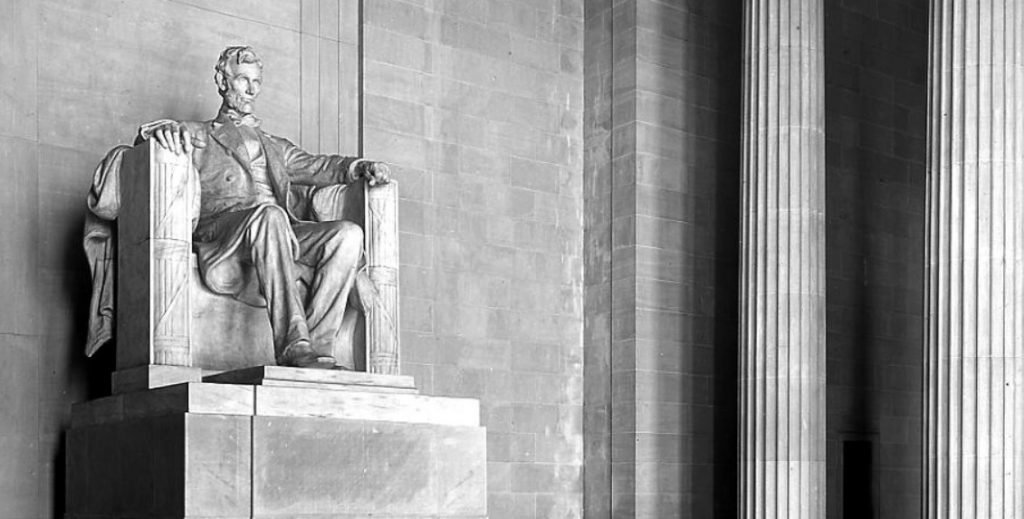
Tourism at the Lincoln Memorial, situated on the western end of the National Mall in Washington, D.C., offers visitors a powerful and poignant experience commemorating the life and legacy of Abraham Lincoln, the 16th President of the United States. This iconic monument attracts millions of visitors each year, drawn not only by its architectural grandeur but also by its historical significance and emotional resonance.
Here’s what you need to know about tourism at the Lincoln Memorial:
- Historical Significance: Dedicated in 1922, the Lincoln Memorial stands as a tribute to Abraham Lincoln, one of the most revered figures in American history. The memorial’s design, inspired by ancient Greek temples, features a large seated statue of Lincoln, flanked by inscriptions of his famous Gettysburg Address and Second Inaugural Address. The memorial serves as a symbol of freedom, unity, and equality, reflecting Lincoln’s leadership during one of the nation’s most tumultuous periods, the Civil War.
- Architectural Splendor: Designed by architect Henry Bacon, the Lincoln Memorial is renowned for its classical architecture and majestic scale. The exterior is adorned with 36 columns, representing the number of states in the Union at the time of Lincoln’s death, while the interior features a towering statue of Lincoln seated in contemplation. The memorial’s spacious and open design invites visitors to reflect upon Lincoln’s enduring legacy and the principles for which he stood.
- Visiting Experience: Tourists visiting the Lincoln Memorial can explore its grandeur and significance at their own pace. They can ascend the marble steps to reach the main chamber, where they are greeted by the imposing statue of Lincoln and breathtaking views of the National Mall and Reflecting Pool. Many visitors take time to read the inscriptions of Lincoln’s speeches engraved on the walls, contemplating their timeless messages of freedom, equality, and perseverance.
- Emotional Impact: The Lincoln Memorial evokes powerful emotions and serves as a place of reflection, remembrance, and reverence for visitors from around the world. It has been the site of numerous historic events and gatherings, including civil rights marches, presidential inaugurations, and commemorative ceremonies. The memorial’s significance as a symbol of democracy and human rights continues to resonate with people of all backgrounds and generations.
- Surrounding Attractions: The Lincoln Memorial is located within close proximity to other notable landmarks and attractions on the National Mall, including the Washington Monument, the Vietnam Veterans Memorial, and the Korean War Veterans Memorial. Visitors often combine their visit to the Lincoln Memorial with exploration of these nearby sites, creating a comprehensive experience of American history and culture.
Tourism at the Lincoln Memorial offers visitors a profound opportunity to connect with the ideals and values that define the American experience. Whether paying tribute to Lincoln’s legacy, admiring the memorial’s architectural beauty, or reflecting on its historical significance, visitors leave with a deeper appreciation for the enduring principles of freedom, equality, and unity that continue to shape the nation.





Responses